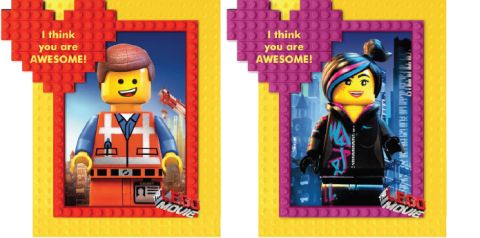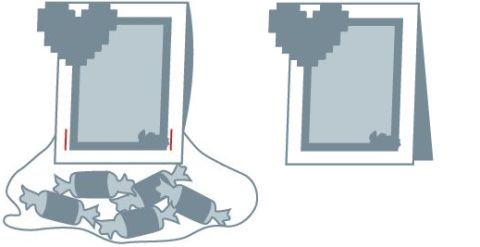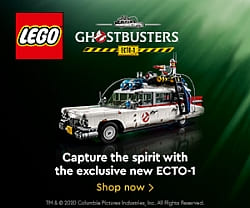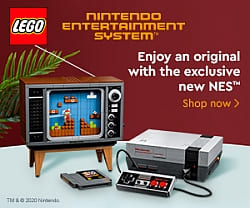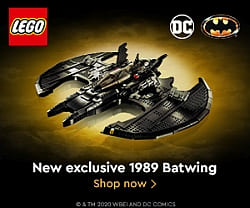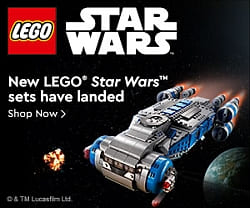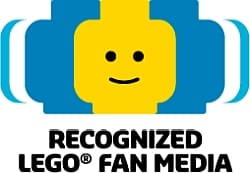We have discussed the upcoming 2014 LEGO sets extensively at the 2014 LEGO Sets – London Toy Fair Report and the 2014 LEGO Sets – German Toy Fair Report, however I have found two more videos from the German Toy Fair that I think you will find interesting. 🙂

The first video covers most of the upcoming 2014 LEGO sets, including their functions and features. The video includes 2014 LEGO Technic, 2014 LEGO Legends of Chima, the new LEGO Ultra Agents, the upcoming LEGO Mixels characters, The LEGO Movie sets, and the LEGO City trains and LEGO City Arctic sets.
The second video features the most exciting minifigures in the 2014 LEGO themes. It starts out with The LEGO Movie minifigs (we have seen most of these before), then covers the 2014 LEGO Legends of Chima minifigures (look at all those new tribes!), then there are the 2014 LEGO Disney Princess mini-dolls (I like these even more than the LEGO Friends minifigs – they are very cute), next up are the 2014 LEGO Friends mini-dolls (lots of them!), and finally The LEGO Movie Collectible Minifigures that have been released already.
I hope these videos give you an even better idea of the 2014 LEGO sets and minifigures. They are both well-edited videos by the German toy website spieletest.at focusing on the best aspects of what’s coming. Let me know what you think in the comment section below! 😉
And you may also like to check out the following related posts:


